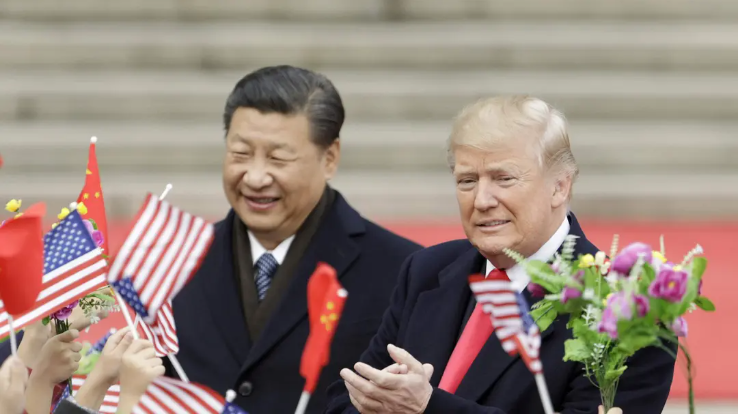Report: China Builds Prototype Reactor for Nuclear Aircraft Carrier
Researchers at the Middlebury Institute claim they have discovered China's construction of a land-based prototype nuclear reactor — which they say is specifically designed for a large surface warship — at Base 909 in Sichuan Province....
Facts
- Researchers at the Middlebury Institute claim they have discovered China's construction of a land-based prototype nuclear reactor — which they say is specifically designed for a large surface warship — at Base 909 in Sichuan Province.[1]
- According to satellite imagery and procurement documents from 2020 to 2023, the Longwei Project, also known as the Dragon Might Project, includes the construction of water intake infrastructure, steam generators, and turbine pumps consistent with naval propulsion reactors.[2]
- China's navy, currently the world's largest with over 370 ships, operates three conventional carriers — the Liaoning, Shandong, and the recently launched Fujian. Chinese officials say a fourth carrier is on its way, but haven't announced if it will be nuclear-powered.[3]
- The reactor prototype development occurs at a facility controlled by the Nuclear Power Institute of China, where documents reveal equipment procurement by China's 701 Institute is 'intended for installation on a large surface warship.'[4]
- Only the US and France currently operate nuclear-powered aircraft carriers. The US Navy maintains 11 nuclear-powered vessels that can deploy worldwide, which enables it to maintain multiple strike groups around the globe at all times.[5]
- The reported Chinese military expansion aligns with Pres. Xi Jinping's directive to build a 'first-class' navy capable of operating far from China's shores, as outlined in the country's 2019 defense white paper.[2]
Sources: [1]Independent, [2]New York Post, [3]Associated Press, [4]ABC News and [5]FOX News.
Narratives
- Pro-China narrative, as provided by Global Times. Nuclear-powered carriers represent a crucial step toward building a world-class navy capable of protecting China's maritime interests and ensuring regional stability. The technology enables extended operations in disputed areas and demonstrates China's growing technological sophistication in naval development. This advancement naturally follows China's peaceful rise as a maritime power.
- Anti-China narrative, as provided by The National Interest and Csis. The development of nuclear-powered carriers significantly escalates military tensions in the Indo-Pacific region and challenges US naval supremacy. This technological leap enables China to project power far beyond its shores and potentially threatens freedom of navigation in disputed waters, including neighboring countries such as Japan and South Korea.







